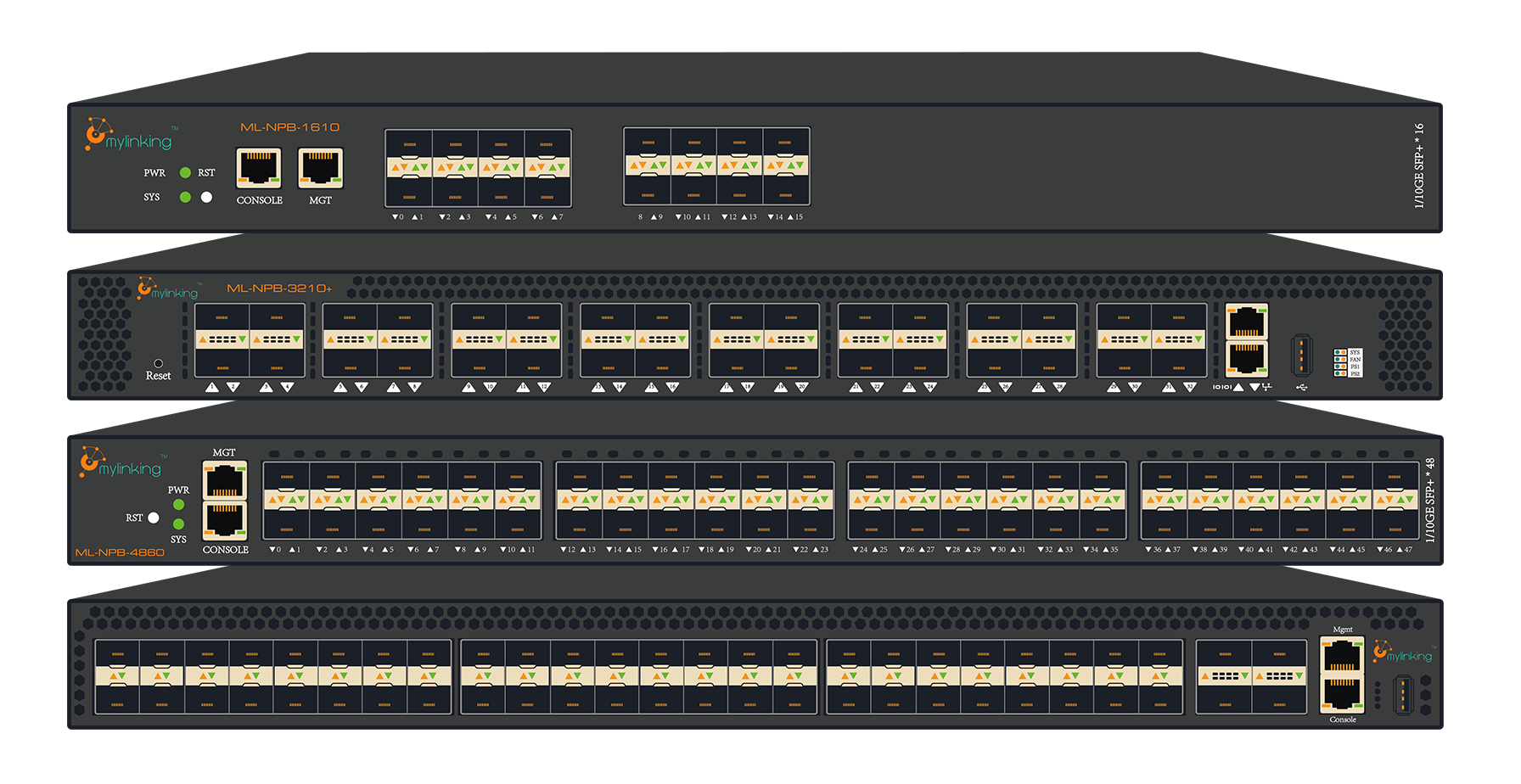Network Packet Broker devices process Network traffic so that other monitoring devices, such as those dedicated to Network performance monitoring and security-related monitoring, can operate more efficiently. Features include packet filtering to identify risk levels, packet loads, and hardware-based timestamp insertion.
Network Security Architect refers to a set of responsibilities related to cloud security architecture, Network security architecture, and data security architecture. Depending on the size of the organization, there may be one member responsible for each domain. Alternatively, the organization may choose a supervisor. Either way, organizations need to define who is responsible and empower them to make mission-critical decisions.
Network Risk Assessment is a complete list of the ways in which internal or external malicious or misdirected attacks can be used to connect resources. Comprehensive assessment allows an organization to define risks and mitigate them through security controls. These risks may include:
- Insufficient understanding of systems or processes
- Systems that are difficult to measure levels of risk
- "hybrid" systems facing business and technical risks
Developing effective estimates requires collaboration between IT and business stakeholders to understand the scope of risk. Working together and creating a process to understand the broader risk picture is just as important as the final risk set.
Zero Trust Architecture (ZTA) is a network security paradigm that assumes that some visitors on the network are dangerous and that there are too many access points to be fully protected. Therefore, effectively protect the assets on the network rather than the network itself. As it is associated with the user, the agent decides whether to approve each access request based on a risk profile calculated based on a combination of contextual factors such as application, location, user, device, time period, data sensitivity, and so on. As the name implies, ZTA is an architecture, not a product. You can't buy it, but you can develop it based on some of the technical elements it contains.
Network Firewall is a mature and well-known security product with a series of features designed to prevent direct access to hosted organization applications and data servers. Network firewalls provide flexibility for both internal networks and the cloud. For the cloud, there are cloud-centric offerings, as well as methods deployed by IaaS providers to implement some of the same capabilities.
Secureweb Gateway have evolved from optimizing Internet bandwidth to protecting users from malicious attacks from the Internet. URL filtering, anti-virus, decryption and inspection of websites accessed over HTTPS, data breach prevention (DLP), and limited forms of cloud access security agent (CASB) are now standard features.
Remote Access relies less and less on VPN, but more and more on zero-trust network access (ZTNA), which enables users to access individual applications using context profiles without being visible to assets.
Intrusion Prevention Systems (IPS) prevent unpatched vulnerabilities from being attacked by connecting IPS devices to unpatched servers to detect and block attacks. IPS capabilities are now often included in other security products, but there are still stand-alone products. IPS are starting to rise again as cloud native control slowly brings them into the process.
Network Access Control provides visibility to all content on the Network and control of access to the policy-based corporate Network infrastructure. Policies can define access based on a user's role, authentication, or other elements.
DNS Cleansing(Sanitized Domain Name System) is a vendor-provided service that operates as an organization's domain Name System to prevent end users (including remote workers) from accessing disreputable sites.
DDoSmitigation (DDoS Mitigation) limits the destructive impact of distributed denial of service attacks on the network. The product takes a multi-layer approach to protecting network resources inside the firewall, those deployed in front of the network firewall, and those outside the organization, such as networks of resources from Internet service providers or content delivery.
Network Security Policy Management (NSPM) involves analysis and auditing to optimize the rules that govern Network Security, as well as change management workflows, rule testing, compliance assessment, and visualization. The NSPM tool can use a visual network map to show all devices and firewall access rules that cover multiple network paths.
Microsegmentation is a technique that prevents already occurring network attacks from moving horizontally to access critical assets. Microisolation tools for network security fall into three categories:
- Network-based tools deployed at the network layer, often in conjunction with software-defined networks, to protect assets connected to the network.
- Hypervisor-based tools are primitive forms of differential segments to improve visibility of opaque network traffic moving between hypervisors.
- Host agent-based tools that install agents on hosts they want to isolate from the rest of the network; The host agent solution works equally well for cloud workloads, hypervisor workloads, and physical servers.
Secure Access Service Edge (SASE) is an emerging framework that combines comprehensive network security capabilities, such as SWG, SD-WAN and ZTNA, as well as comprehensive WAN capabilities to support the Secure Access needs of organizations. More of a concept than a framework, SASE aims to provide a unified security service model that delivers functionality across networks in a scalable, flexible, and low-latency manner.
Network Detection and Response (NDR) continuously analyzes inbound and outbound traffic and traffic logs to record normal Network behavior, so anomalies can be identified and alerted to organizations. These tools combine machine learning (ML), heuristics, analysis, and rule-based detection.
DNS Security Extensions are add-ons to the DNS protocol and are designed to verify DNS responses. The security benefits of DNSSEC require the digital signing of authenticated DNS data, a processor-intensive process.
Firewall as a Service (FWaaS) is a new technology closely related to cloud-based SWGS. The difference is in architecture, where FWaaS runs through VPN connections between endpoints and devices on the edge of the network, as well as a security stack in the cloud. It can also connect end users to local services through VPN tunnels. FWaaS are currently far less common than SWGS.
Post time: Mar-23-2022






